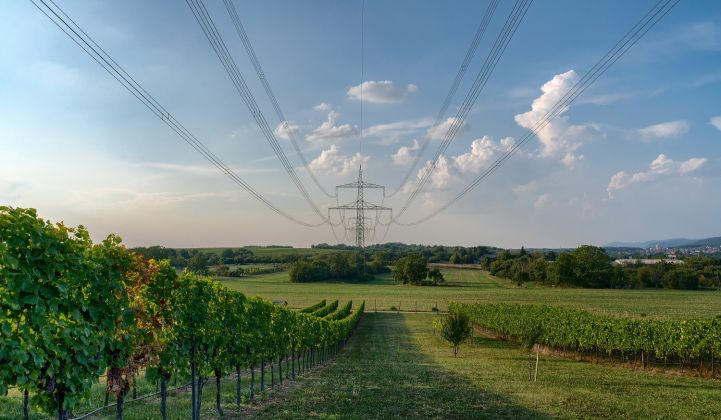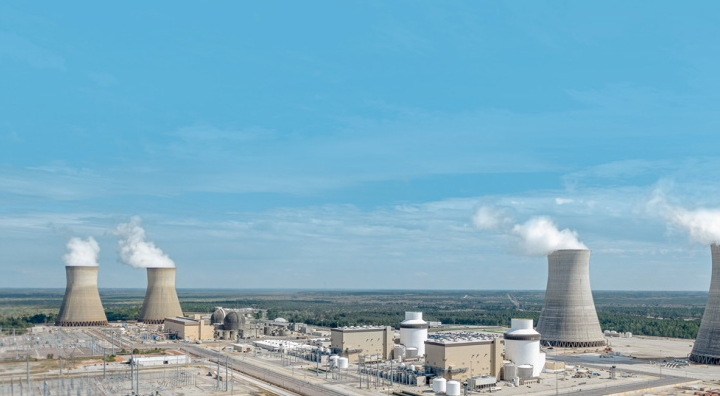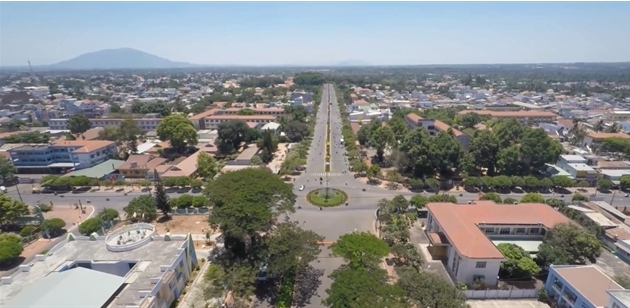 Inadequate or poorly implemented market change is a risk to the energy tran
Inadequate or poorly implemented market change is a risk to the energy tran
Centralized markets with prices set by the cost of marginal dispatch, most often from fossil-fuel generation, are the bedrock of most major power systems.
However, market arrangements are not static. They routinely adapt to changing regulatory and commercial forces.
In Europe, national electricity markets are right now being challenged by commodity price trends, weak electricity demand, nuclear and coal phase-outs and increasing contributions from wind and solar.
This is not to say European markets have failed, but it does mean that many companies have had to adapt their business models, and there have been both winners and losers.
Due to power markets’ complexity and scale, it is typical for there to be a lag between changes and the market's response. Failure of these markets to keep up could impede the progress of both the power sector and the wider energy transition.
Renewables are central to regional and national energy policies in Europe. WoodMac expects renewables to dominate the European power supply within a decade, constituting 53 percent of the power supply in 2030.
European markets must evolve as wind and solar penetration levels increase. High penetrations make it more difficult to manage volatility, peak demand and other grid services. In turn, the value of flexibility will increase. At higher penetrations, wind and solar generators will suffer increasing levels of price cannibalization.
Let’s take a closer look at how renewables penetrations affect power price formation.
Cannibalization
As the renewables industry well knows, growth in renewable power supply has two significant effects on market price formation.
Higher renewables penetration can lead to low or even negative power pricing, typically at peak generation times for renewables. This creates market uncertainty and impacts the viability of investment in renewables.
The dynamic is particularly challenging for projects with exposure to wholesale market prices.
Second, higher penetration can lead to a lack of price signals to incentivize investment.
Insufficient investment in flexible supply, transmission and distribution capacity threatens security of supply and grid resilience (flexible supply here meaning supply from fossil fuels, renewables plus storage or dispatchable demand).
At higher penetrations, if markets fail to adapt, renewables could potentially undermine the system, while also weakening their own business case.
The role of dispatchable demand
As the power sector decarbonizes, systems are becoming more decentralized. Declining costs, developing technologies and new business models are allowing grid edge markets to emerge.
In Europe, as in other developed power markets, the core of power sector transformation is a move from systems of dispatchable supply and non-dispatchable demand to non-dispatchable supply and dispatchable demand. This shift will be key to the market response.
But despite increased investment in new technologies and the blurring of traditional roles, many markets for grid edge technologies are not yet mature. And as a result, the outlook for dispatchable demand is uncertain. Government and regulatory engagement is growing but remains cautious.
What needs to change?
In the short term, flexibility and dispatchability must attract appropriate value.
Capacity remuneration arrangements, or similar incentives, are likely to be required on an intra-day basis. Balancing mechanisms must be effective. Correct market function, including locational signals, should support investment in transmission and distribution infrastructure, energy storage and dispatchable demand.
Long-term markets must deliver an appropriate technology mix and support emissions targets. The risk of price cannibalization destroying the value of merchant-exposed renewables must be managed. Market instruments, such as competitive auctions or power-purchase agreements, will continue to play a significant part.
There is still a role for a central administration of power markets, which will continue to shape commercial frameworks and ensure that market objectives are met.
The rise of renewables and dispatchable demand will require changes to grid development and operation. A more holistic approach, one that encourages companies to invest in infrastructure and technology, is needed.
Where does Europe stand?
Are European power markets being redesigned to meet new market realities? Not yet.
Change continues to be the result of piecemeal tinkering in policy and regulation. Examples include national capacity market arrangements in Europe and changes to “embedded benefits” in the U.K. (Another example of market evolution in this area are U.S. clean peak standards.)
Such measures are typically focused on near-term shortcomings and are often fraught with unintended consequences. Managing the complex interrelation of market instruments is no easy task.
Inadequate or poorly implemented market change is a risk to the energy transition. Successfully navigating the regulatory trilemma of affordability, security of supply and sustainability will be paramount.
Market decision-makers — governments and regulators — will drive incremental change that must be closely monitored by all players. Companies that are positioned to respond to uncertainty and unfolding market dynamics will have a distinct competitive advantage.







